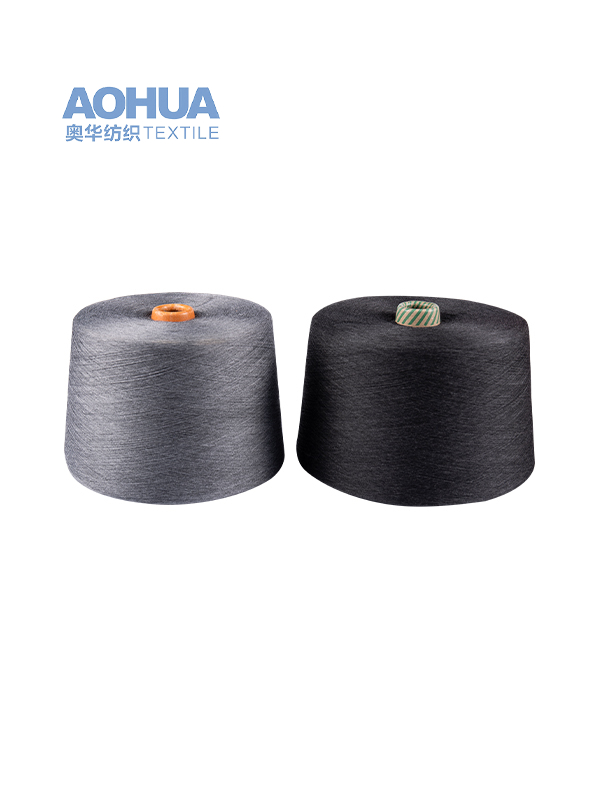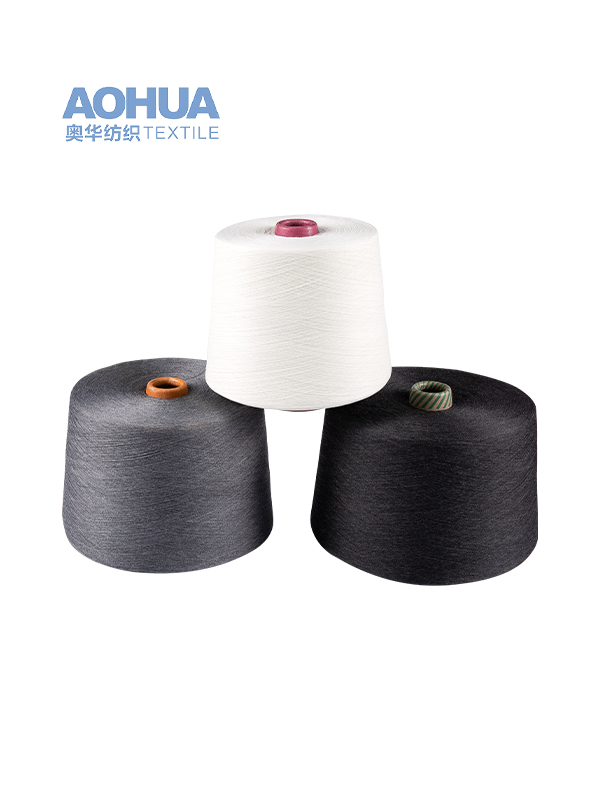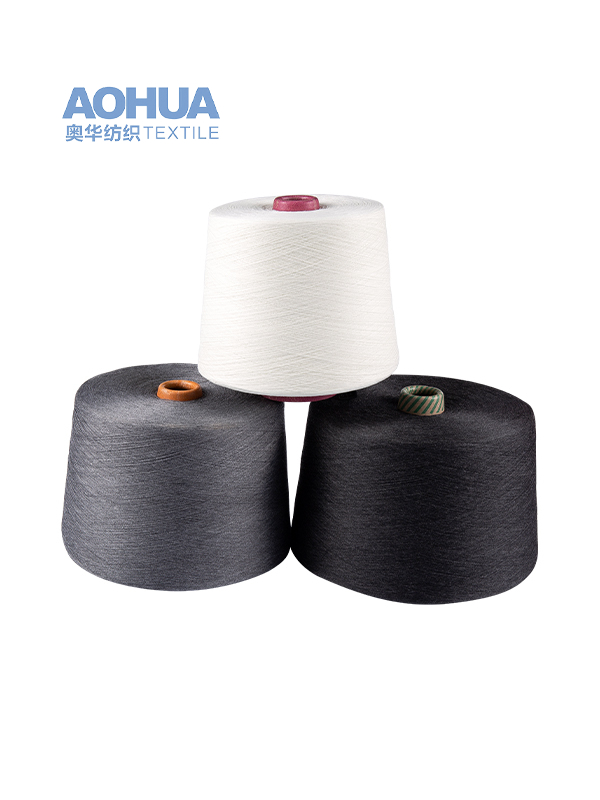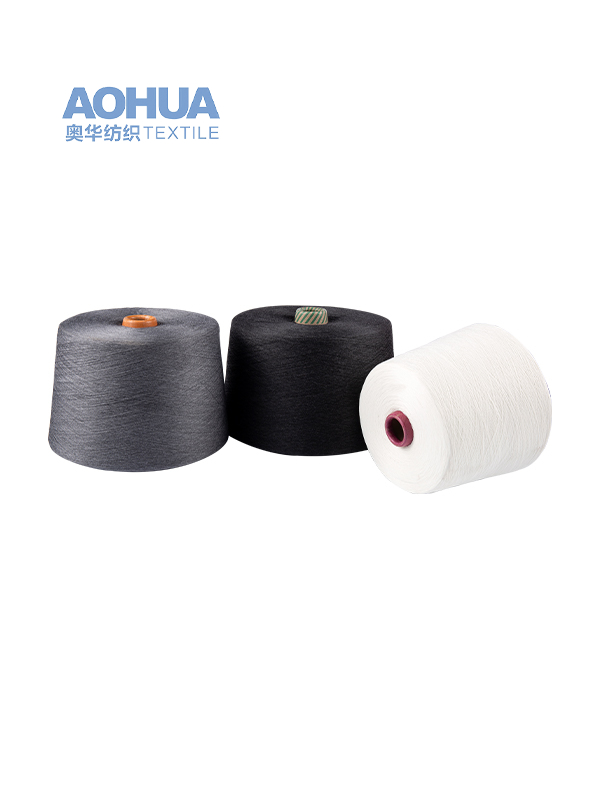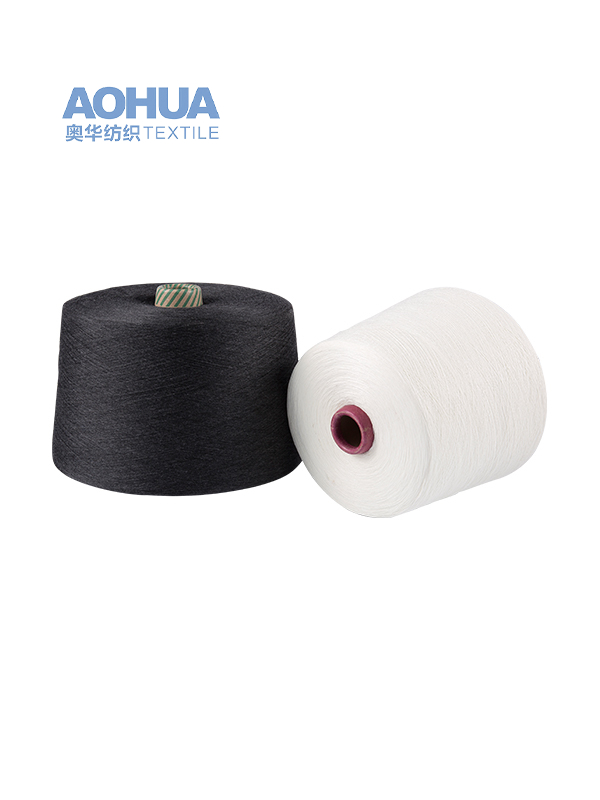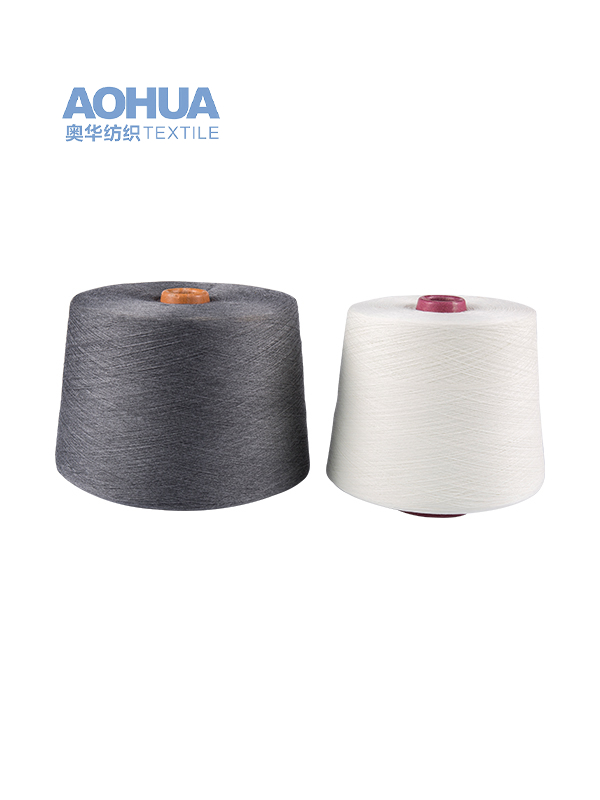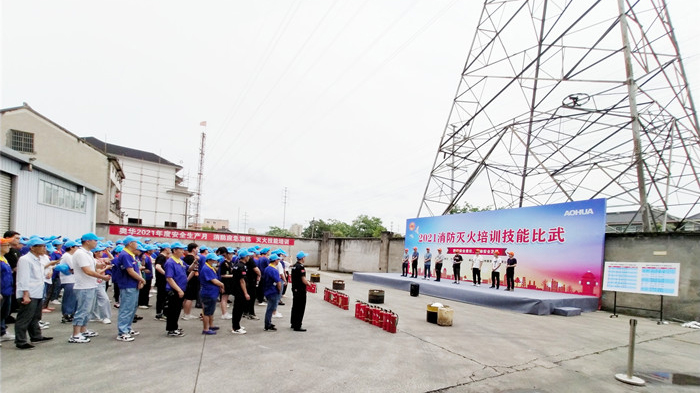We are a national high-tech enterprise. At present, there are many kinds of self-woven and cooperatively processed fabrics, including microfiber warp-knitted towel cloth, weft-knitted towel cloth, coral fleece, etc.
Vortex spinning yarn, also known as air-jet spun yarn, has a unique structure that impacts its performance in textile applications significantly. Here's how its structure affects its performance:
Structure and Formation: Vortex spinning yarns are created by using high-speed air jets to twist the fibers together. This method produces a yarn with a distinctive structure: it often has a core of parallel fibers wrapped with a spiral of crimped fibers. This results in a yarn with a soft, bulky feel and high elasticity.
Softness and Comfort: The air-jet spinning process produces a yarn that is generally softer and has a smoother surface compared to traditional spun yarns. This makes it comfortable against the skin, which is advantageous for clothing items like sweaters and scarves.
Strength and Durability: The vortex spinning process results in a yarn that often has less uniformity in its thickness, which can affect its strength and durability. However, because the fibers are well-interlaced, vortex spinning yarns can still be relatively strong, though they may not always match the tensile strength of ring-spun yarns.

Absorbency and Moisture Management: The open structure of vortex spinning yarns can improve moisture management, as the yarn can wick away moisture more effectively than some other types of yarn. This can be beneficial for activewear and sports textiles.
Appearance: Vortex spinning yarns often have a unique texture with a slightly irregular surface, which can create interesting visual effects in knitted and woven fabrics. This texture can add a distinctive look to garments and textiles.
Ease of Processing: Vortex spinning yarns can be easier to process in manufacturing because the air-jet spinning process can handle a wider range of fiber types and blends. This can make it a versatile choice for various textile applications.
Vortex spinning yarn's performance in knitting and weaving is influenced by its unique structure, which affects its softness, strength, moisture management, and appearance. It’s particularly valued for applications where a soft, bulky texture is desired and where its performance characteristics align with the needs of the end product.

 English
English 中文简体
中文简体

